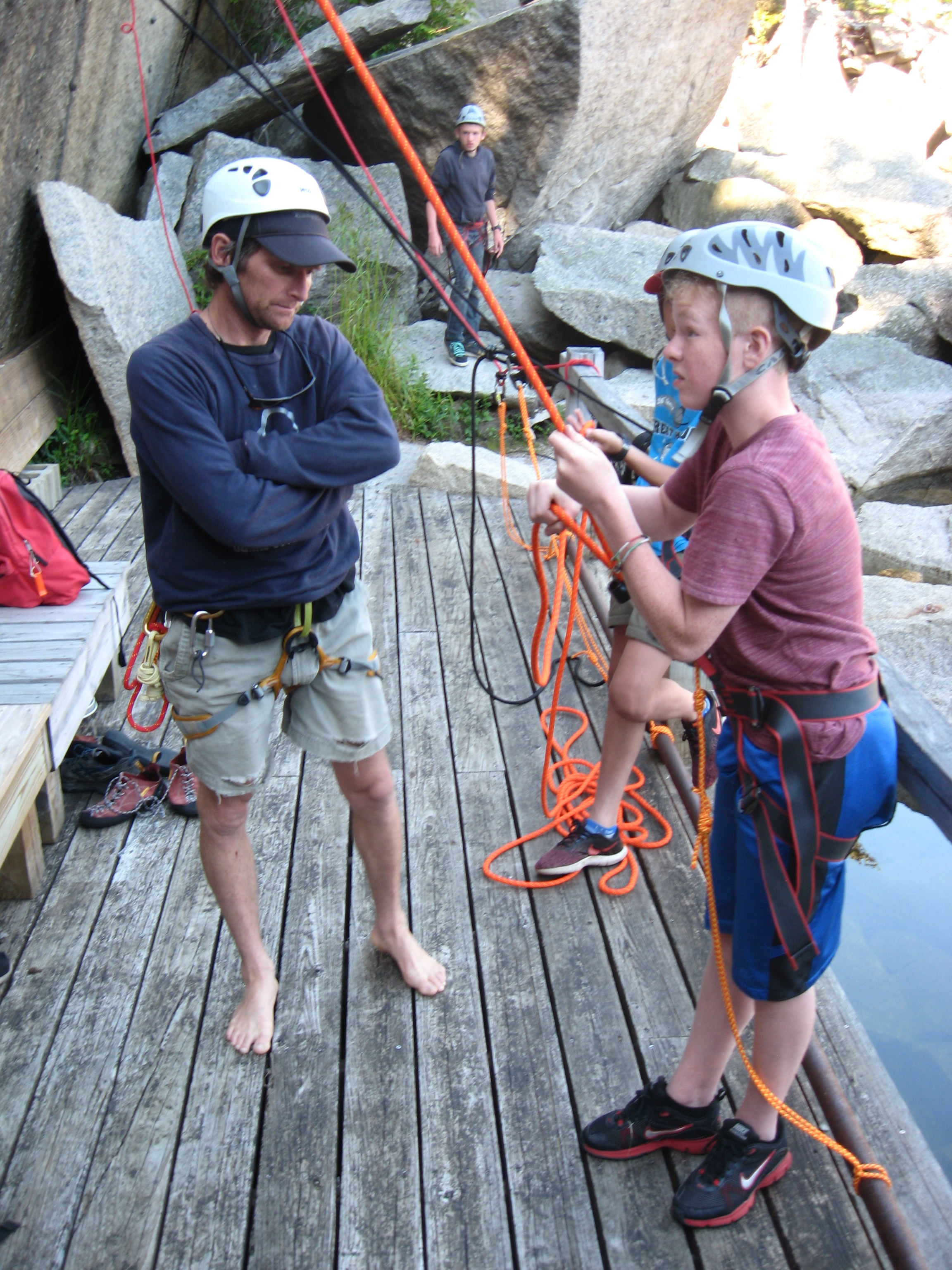These past few weeks, students around the country have filled their backpacks with notebooks and pencils and have gone back to school, getting to know new classmates and teachers. Two local midcoast Maine schools joined us on Hurricane for back-to-school days full of island exploring, teamwork, and tone-setting for the year to come.
On Tuesday, the Camden-Rockport Elementary School sent its 1st and 2nd graders from the multiage classroom out to Hurricane for the day. This was our third year in a row spending the first day of school with the multiage group, and what a great way to spend the day! Their teachers had worked with us over the summer to plan the curriculum - launching into their first science unit about the sun! We explored shadow shapes, created art on solar paper, investigated temperature on different colored surfaces, hiked to see Hurricane’s different solar panels, and more! Of course we took advantage of low tide to visit the intertidal zone - these students are experts after their rocky coast unit last year in school. The final challenge of the day was structure building: can you design a structure to shade and cool a metal bowl of water? The students were creative, curious, and attentive, and I enjoyed spending the day with these younger learners. What a fun first day of school!
Multiage students present their shade structure at the end of a sunny day on Hurricane!
On Wednesday we experienced the first day of school AGAIN! Camden-based Watershed School brought their 20 high school students for three days on Hurricane, also for the third consecutive year. This trip was focused on leadership, being outside, and establishing school culture and values. Highlights included the team communication and structure-building challenge “looker-runner-builder,” rock climbing and rappelling, pier jumps, and rowing. Some of us even rowed all the way around Hurricane! I enjoyed seeing seniors befriend freshmen and observing students push their comfort zones in different environments. It was also fun to see the many returning students from this group, and to appreciate how they have grown over the past few years.
Watershed students hone their rowing rhythm.
Thanks to both Camden-Rockport Elementary and Watershed School students for joining us during your first week of school! We wish you a wonderful school year and we hope to see you back on Hurricane soon!
































